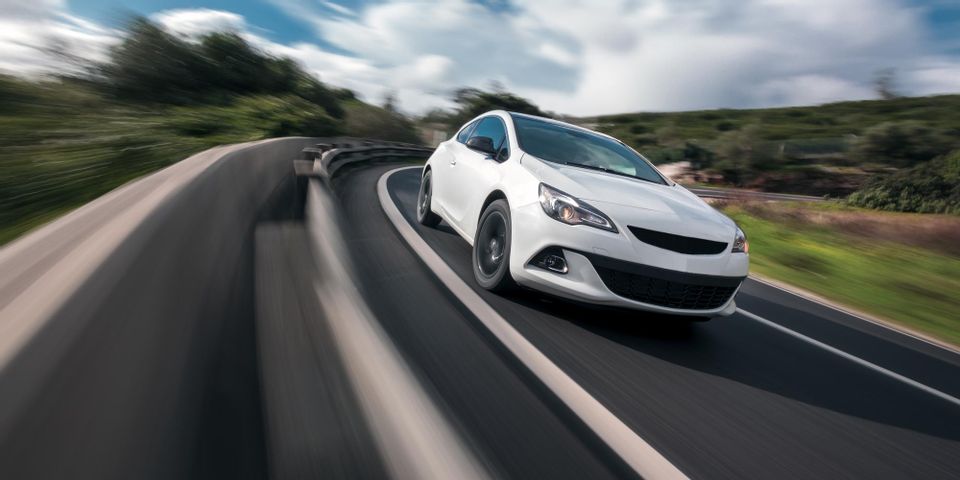The Drivetrain & Its Components Explained

You may know the engine supplies the power your vehicle needs to run. But what are the other components at work? Called the drivetrain, this mechanism is comprised of a series of parts that work together to transfer torque from the engine to the wheels, which includes the transmission system. Because of its complexity, servicing it requires the help of auto shop mechanics. Below are a few things you need to know about this confusing, oft-misunderstood part.
What Is a Drivetrain?
In a nutshell, the drivetrain encompasses everything that makes the vehicle go, excluding the engine. There are four drivetrain arrangements, namely, rear-, front-, four-, and all-wheel-drive systems. Among them, rear- and front-wheel drivetrains are the most common.
 In a rear-wheel drivetrain, the rotational power is transferred to the back wheels to move the vehicle. It is often found in trucks and cars. A front-drive relies on its front wheels for powering the vehicle’s movement. Four- and all-wheel drive systems make use of the front and rear wheels to propel the vehicle and are more complicated than the other drivetrains.
In a rear-wheel drivetrain, the rotational power is transferred to the back wheels to move the vehicle. It is often found in trucks and cars. A front-drive relies on its front wheels for powering the vehicle’s movement. Four- and all-wheel drive systems make use of the front and rear wheels to propel the vehicle and are more complicated than the other drivetrains.
How Do Its Components Work?
Depending on its arrangement, a drivetrain will have different parts at work. So it’s crucial to take your vehicle to a reliable auto shop for repairs when it fails.
-
Transmission: No matter the arrangement, the transmission is an integral part of the drivetrain. Whether it’s automatic or manual, it controls the amount of power transferred from the engine to the wheels based on set gears.
-
Drive-shaft: Commonly found in rear-wheel drivetrains, the driveshaft is a long, spinning tube that links the transmission and differential together. It transfers the rotational power from the transmission to the rear axle. There are two types of drive shafts: torque tube and Hotchkiss. Torque tubes use one universal joint, or U-joint, to connect the transmission and differential, while a Hotchkiss drive shaft has two U-joints.
-
Differential: The differential is considered the last stop of torque. It distributes power to the rear wheels to make your vehicle move. The differential also allows the wheels to rotate at different speeds, which is practical when making a turn.
-
Transaxle: For front-wheel drives, the major components—transmission, drive shaft, and differential—are placed at the foremost part of the vehicle. Instead of a separate transmission and differential, front-wheel drivetrains combine these two into a single unit called the transaxle.
-
Half-shaft: Front drives don’t require lengthy drive shafts for transmitting torque; rather, they have half-shafts connecting the transaxle to the wheels with constant velocity joints, or CV joints. Because of their ball bearing mechanism, these joints allow for complex wheel movements while maintaining a constant velocity.
Ensure your drivetrain is in top shape with routine transmission service from a trusted auto shop like Quality Transmission Service. Serving Anchorage, AK, and the surrounding community, their ASE®-certified mechanics deliver a full range of services for both manual and automatic transmissions. Call (907) 561-8767 to schedule an appointment in the auto shop, or request a free quote online.
About the Business
(106 reviews)
Have a question? Ask the experts!
Send your question

